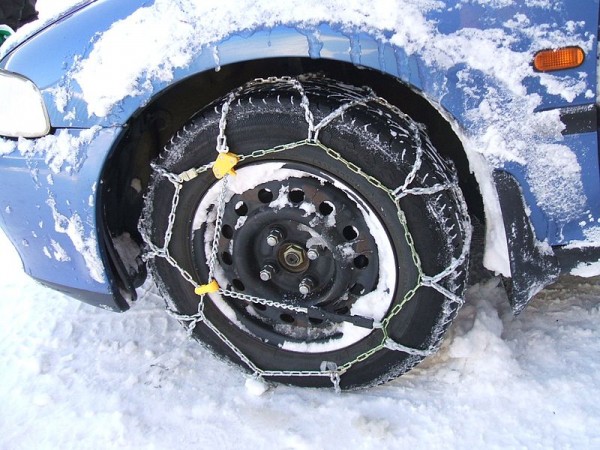It’ll soon be the Christmas season, and barely a few weeks into winter and already parts of the country have been buried in several feet of snow. Even where there isn’t snow, temperatures dipping below freezing have made many roads especially icy, making them far less safe for driving.
As we are approaching that time of year when you may be considering a long trip to see family and friends, there’s a very good chance you’ll have to drive on snow-covered, icy roads. Thankfully, there are steps you can take to protect yourself while driving in winter conditions.
1. Prep the Car Each Morning
Wake up a little earlier each morning to get the car ready. While you are prepping the car, turn the engine on and let it run for ten minutes. Doing so will warm the engine up and allow for a smoother start to your drive. While you are waiting, scrape the ice and snow off your windows using a scraper and deicer. Make sure you remove all the ice from the windows, not merely a small chunk. This significantly improves your visibility on the road.
It is worth removing any snow that has collected at the top of the car as well, as it may slip off during your drive and obscure your view. Likewise, keep in mind any major roads along your route. They are more likely to be gritted and cleared of snow. Always place your safety over speed. You will have to accept that, during winter conditions, you will most probably not get to places as quickly as you’d like.
2. Ease Up on the Accelerator
Do not be tempted into driving too quickly while driving. Most skids and accidents caused by driving in winter conditions occur when the driver places too much power into his driving. Always keep it slow and gentle, and keep to constant speeds. Find a gear you are comfortable with, and if you need to stop apply the brakes gently. Remember the stopping distances are ten times as long on ice than they are under normal conditions.
Be gentle with the steering wheel too. When driving in winter conditions, you want to relax and consciously ease your grip on the wheel. If necessary, clench and unclench your fingers now and then while driving to help keep your grip relaxed. Holding too tight to the wheel can make your steering jerkier and forced.
3. Make Sure Your Tires are Ready
Always check that your tires are properly adjusted for driving in snow. During cold weather air pressure in the tires decreases a tad. Tire depth should be at least 1/8th of an inch, while good snow tires with lugs are safer than any “all-weather” tires. In some cases, it will be necessary to equip your tires with specialized add-ons, such as snow chains. Some states even make use of snow chains compulsory during heavy snow fall, imposing a fine and mandatory purchase if you are found to be driving without them. Be prepared!
4. Keep Fed and Watered
If you expect to be driving for prolonged periods, make sure you eat and drink enough while on the road. If you become dehydrated while driving, you can quickly become tired and less alert. Keep some bottles of water with you in the glove compartment, as water may freeze if left in the trunk. Meanwhile, keep yourself fed too. Your body needs more nourishment during winter conditionsthan it does during the summer.
Avoid candy bars or other sugary snacks, and instead pack a healthy sandwich or some hot stew. This should keep your energy up while driving, and thus keep you safe while on the road.
5. Keep Rested and Know Your Limits
Always avoid driving while tired, even if the weather is quite clear. If you feel the need to sleep, find the nearest motel or pull up into a suitable spot and take a quick power nap. Never try to push through the night, and avoid stimulants like coffee as an alternative. It is much safer just to sleep fatigue off. For that reason, pack a thermal blanket with you to keep yourself warm in the car.
You should never attempt to drive during severe weather. If driving through unusually heavy snow, pull over immediately into the first available spot and wait for it to ease off. If it looks like the snowfall will be unusually heavy overnight, make sure you can leave your car if you get snowed in. Try to find an underpass, or an overhanging tree to keep the area around you clear.
Keeping a snow shovel handy is also a good idea. Make sure your exhaust does not get blocked by snow and ice too, or else you may fill your car up with carbon monoxide.
The writer, Christian Mills, recently moved to North Carolina and shares his experiences coping with the unexpectedly cold weather through his writing. For when he once hit the road unprepared and needed his car repaired as a result, he turned to Ray Weatherspoon Auto. If you wish to learn more about Christian you can visit on Google+.
